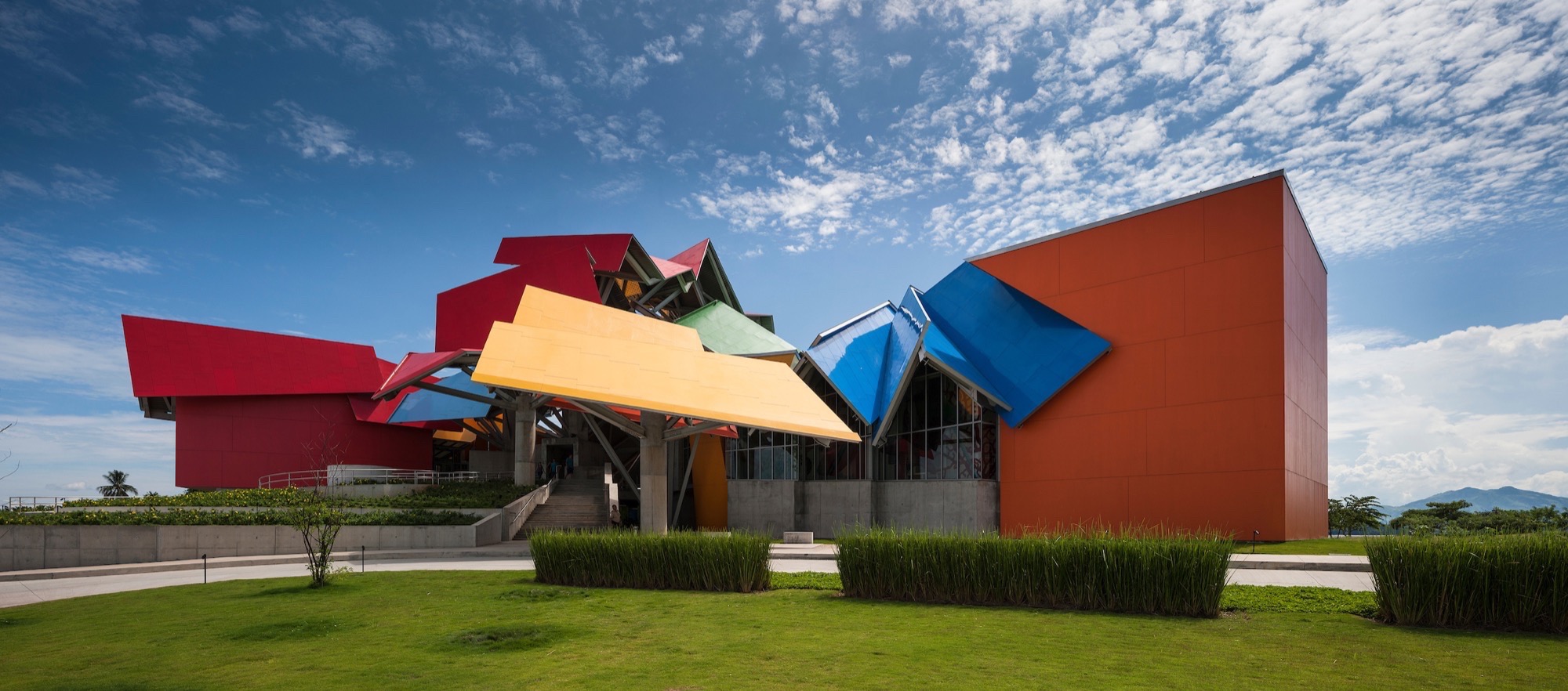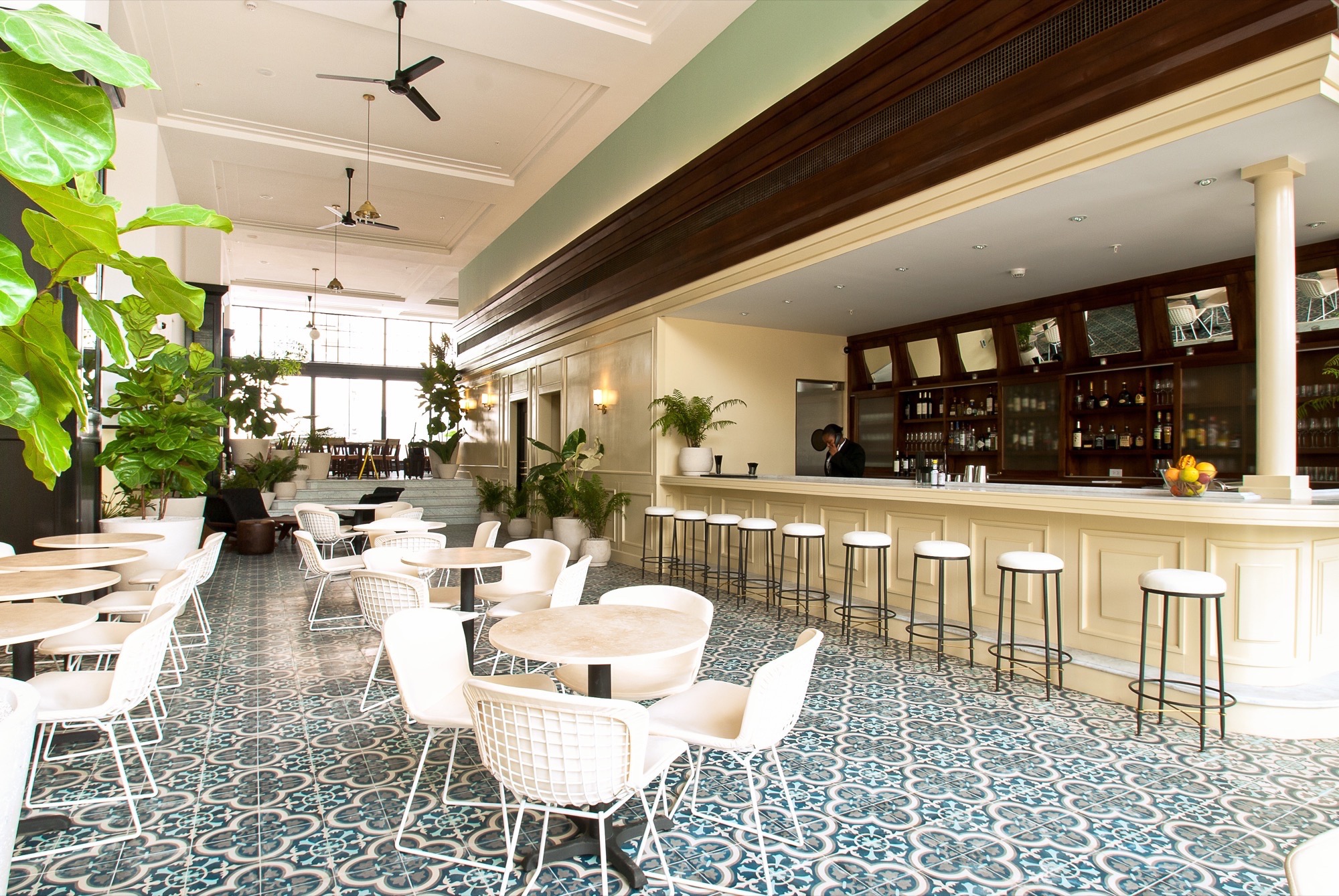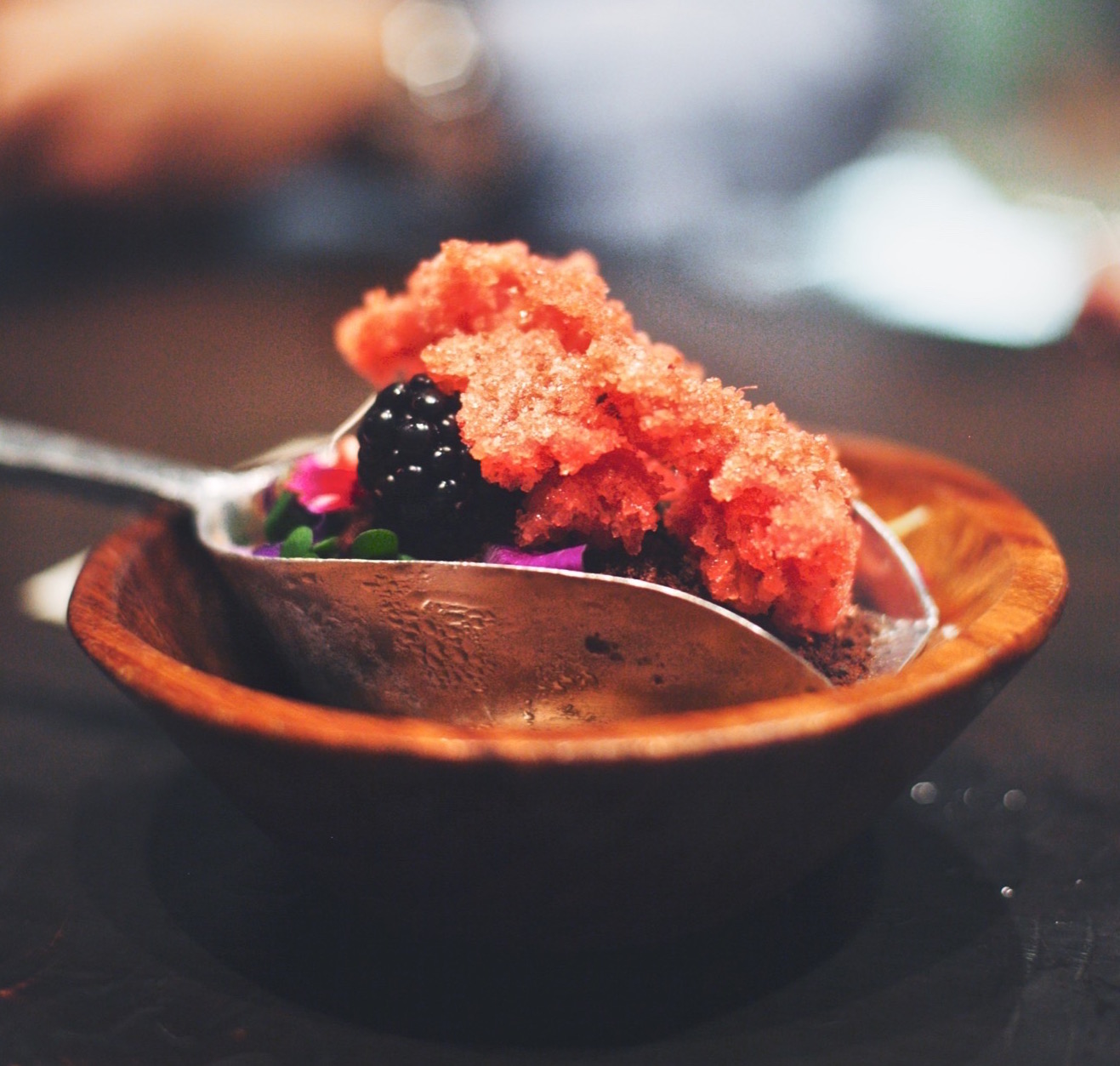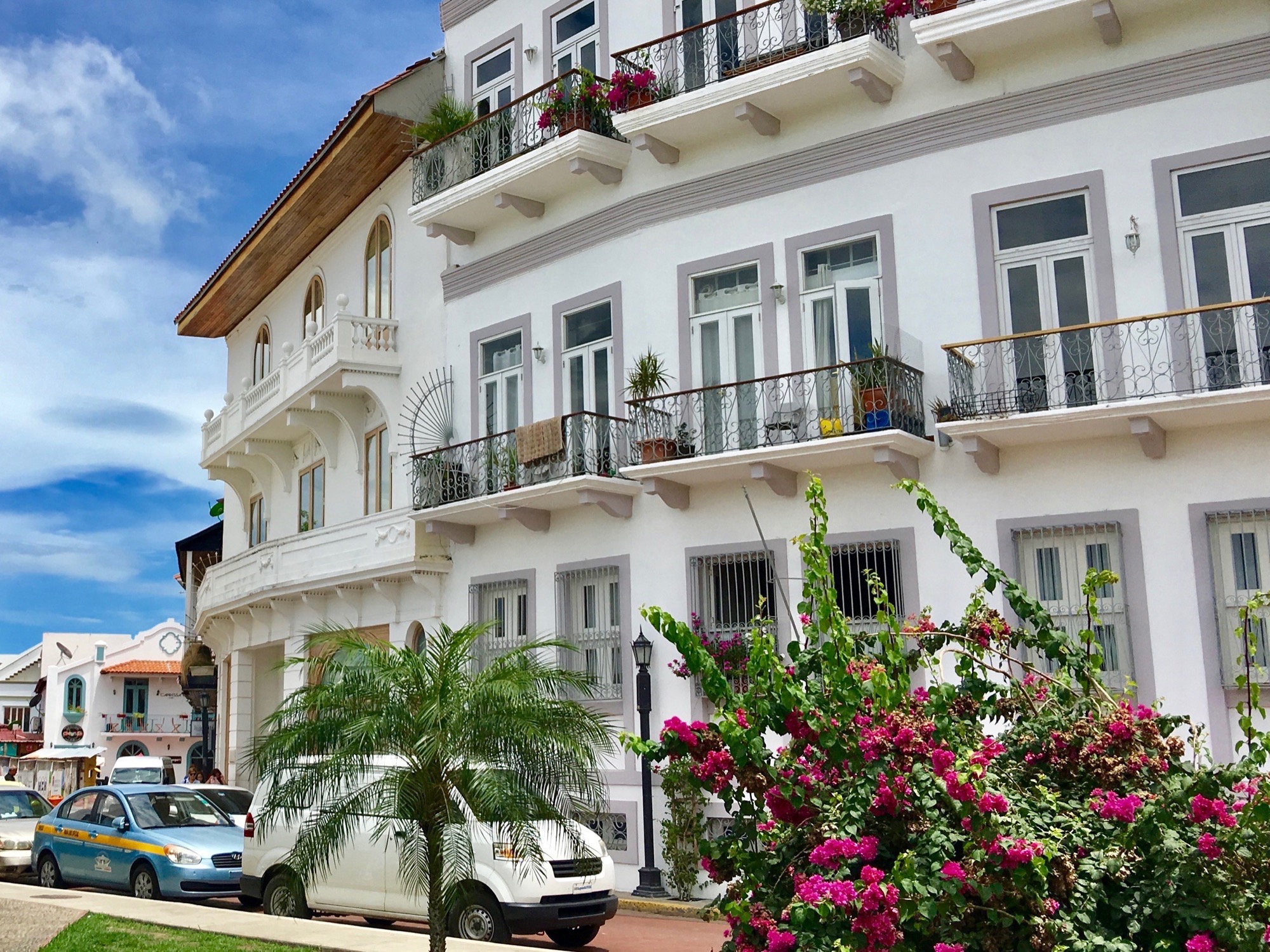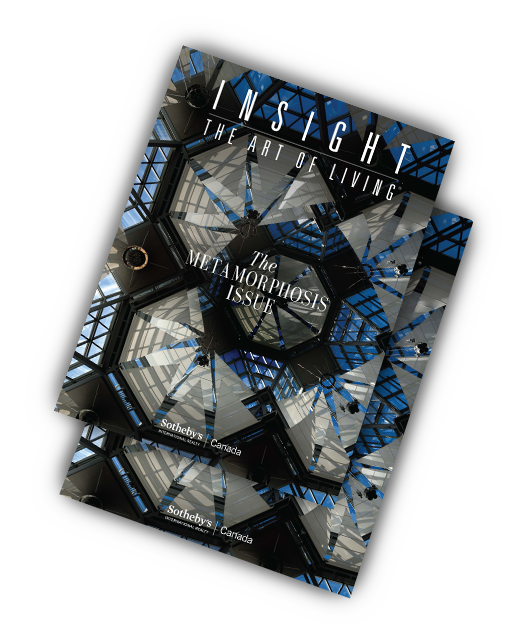On the southwestern tip of Panama City, adjacent to the Pacific entrance to the Panama Canal, sits the city’s picturesque old quarter, Casco Viejo, a historic district that is getting its groove back, thanks to significant injections of restoration money. Casco Viejo also happens to boast UNESCO World Heritage status, which has made it the coolest part of town, and the neighbourhood to watch.
Who’s watching has likely become Panama City’s — and Casco Viejo’s — largest influence. The city is making the lists of fashionable travel destinations. Publications such as Condé Nast Traveler, W Magazine, Travel and Leisure and the Huffington Post, have all waxed poetic about Casco Viejo as a must-visit, attracting investors and trend seekers, plus creative types who are always looking for the next big thing — the dusty gem to buff and polish.
Dating from 1673 — a couple of years after pirates destroyed the original city — Casco Viejo, whose literal translation is “old helmet,” exudes an air of contrasts, revealing a relaxed vibe, yet sexy and thrilling. It possesses a Havana-like feel in its ramshackle 200-year-old properties with trees growing out of the rooftops, nestled beside restored architectural treasures. Visitors who may be thrown off by the views of unsightly scaffolding will see that it will eventually be discarded to reveal a glorious reconditioned Spanish colonial–style apartment or vacation retreat or perhaps a retail complex, painted in pastels with wrap-around balconies and a plethora of windows.
And unlike the downtown concrete jungle where you could walk for blocks before finding a cold drink, Casco Viejo offers an actual café society and is pleasantly walkable. Everyone from all over town comes here to play, relax and dine. Out-of-country visitors are well advised to follow suit.
Hot Spots in Casco Viejo
STAY While brand-name lodging in Panama is plentiful, your best bet for real, honest luxury is in one of Casco Viejo’s stylish smaller hotels.
The American Trade Hotel & Hall, built in 1917, was restored in 2007 — a team effort by Atelier Ace (of Ace Hotel fame), Panama’s Con-servatorio and the design-savvy L.A.-based Commune Design. This stunning 50-room hotel stays true to its roots — vaulted ceilings, crisp white walls, dark reclaimed wood, coloni-al-style furnishings and an original limestone staircase. Its front lounge looks out onto Plaza Tomás Herrera, a charming lush public square ideal for people-watching. And be sure to book a night-in — the hotel houses Danilo’s Jazz Club, its roster of international and local talent presided over by Grammy-winning Panamanian jazz pianist Danilo Perez.
Just down the street, on the east side of Plaza de la Catedral, is Central Hotel Panamá, the very first hotel in the country. Built in 1874 it reopened last year after a major facelift restored its 135 rooms to their former splendour. Renovations stayed true to the original French-influenced design, yielding a full five-star experience — the meticulously preserved façade, high ceilings, gabled rooftops and all. Creature comforts include a day spa replete with expansive views of the old city, and the enchanting 9 Reinas, an offshoot of one of Barcelona’s best Argentinian restaurants.
Tántalo Hotel has a mere 10 rooms, each with its own unique design concept, but the shining star of the property is the rooftop bar. This is where the local in crowd, the expats and the tourists gather to prop up the long bar, particularly on the weekend, when the whole scene comes alive. The kitchen on the main floor delivers tapas bursting with international and local flavours, served in a colourfully lit room filled with local art and a verdant living wall anchoring one end.
The stylish 31-room Hotel Casa Panamá boasts the main-floor Restaurante Santa Rita, which fuses Spanish tapas with Argentinian barbecue, but it’s the hotel’s rooftop Lazotea restaurant and bar (often featuring a live band) that draws nighttime revellers who clamour for the frothy cocktails poolside.
EAT The newest and most elegant local culinary scene is at CasaCasco — a five-storey restored colonial building complex with a rooftop lounge, a nightclub and three concept restaurants proffering eclectic African-Caribbean, Asian fusion and Panamanian dishes. The roof bar — perfect for sunset cocktails and taking in the dazzling panoramic views of the city and Panama Bay — features sleek all-white seating and marvellous 3-D optical-illusion floor tiles, as well as black-clad, Panama hat–wearing waiters setting up ice buckets on glossy wooden tabletops.
Book early to claim your spot at the exquisite 16-seat Donde José, where chef José O. Carles infuses Panamanian traditions and cooking techniques into his tasting menu. A mirror over the prep table allows guests to watch the proceedings. It’s like dinner theatre, with each dish telling a different story of Panama — tastes from the past, such as Grandma’s sancocho (chicken stew), alongside homages to the country’s diverse cultural identities.
MUST DO
For a change of pace, tie on your walk-ing shoes and take a morning hike up Ancon Hill, a nature reserve in the middle of Panama. The walk, which takes about 90 minutes for a round trip, delivers Instagram-worthy 360- degree views of the city once you reach the top. If you want a glimpse of the park’s resident wild-life — 39 species of birds and 15 species of mammals, including sloths and monkeys — go either very early in the morning or later in the day.
Ecotourists can head directly to the Frank Gehry–designed Biomuseo on the Amador Causeway, with its eight galleries focused on Panama’s unique biodiversity and geological history. After your visit, rent a tandem four-wheeled bike nearby and carry on out to the end of the causeway for a look around the three is-lands. Alternatively, pop into the Punta Culebra Nature Center, an arm of the ecologically committed Smithsonian Tropical Research Institute, and get schooled on local tropical biodiversity.
By Doug Wallace – *This article originally appeared in INSIGHT: The Art of Living | Fall 2017
Photos by: American Trade Hotel, Donde José



